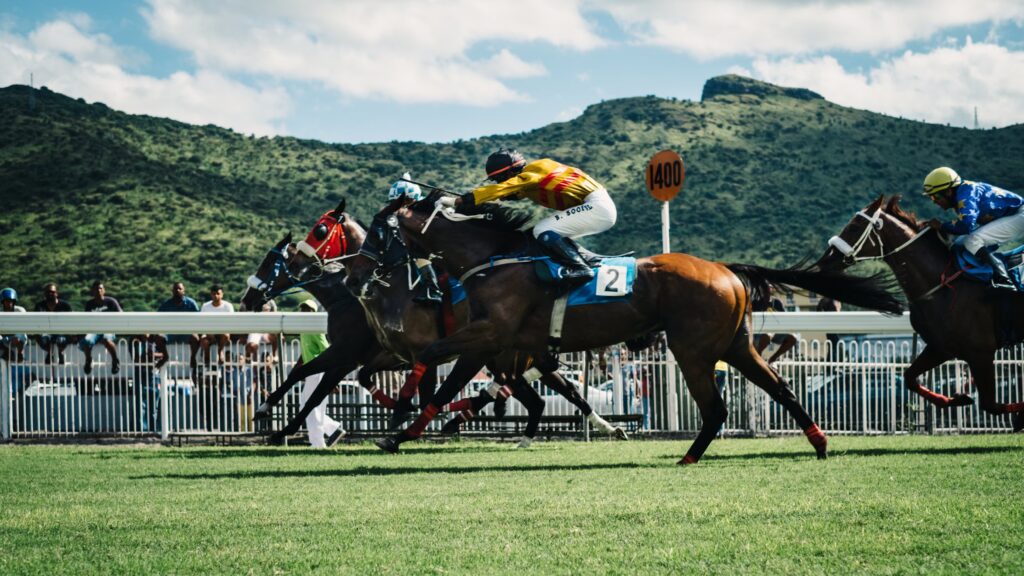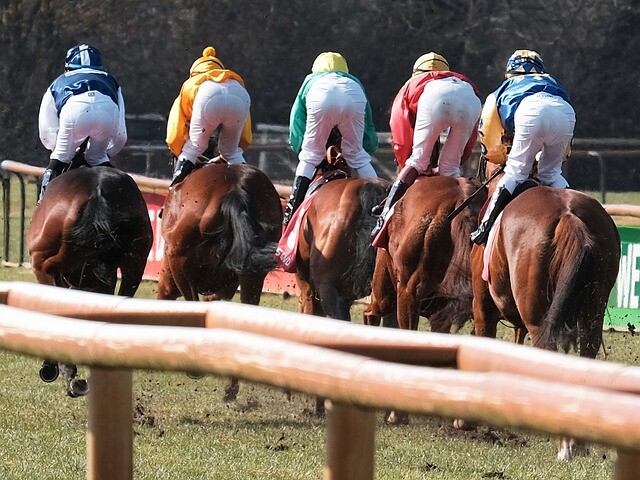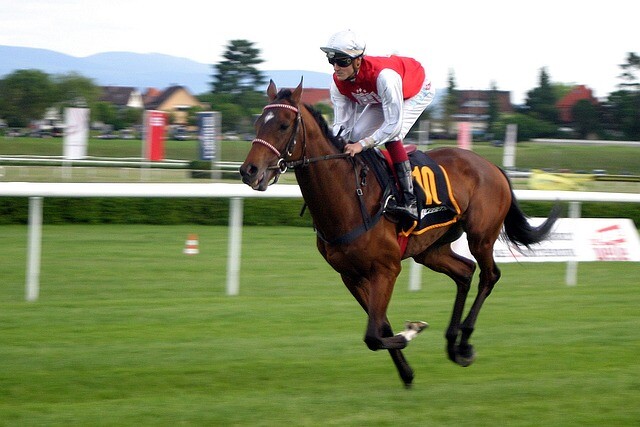How to Bet on the Final Kentucky Derby Prep Races

As the Kentucky Derby draws closer, the final prep races are more than just qualifying rounds—they’re opportunities for bettors to get an insight into potential race winners. These races separate true contenders from hopefuls and give bettors one last chance to evaluate the field with clarity and precision where it matters – on the track.
Understanding the Significance of Final Prep Races
The last stretch of Kentucky Derby prep events carries heightened importance. On April 5, 2025, the Blue Grass Stakes (GI), Santa Anita Derby (GI), Wood Memorial (GII), and UAE Derby (GII) will each award 100-50-25-15-10 qualifying points. The Lexington Stakes (GIII), set for April 12, offers a smaller haul at 20-10-6-4-2. These races are the final opportunities for borderline horses to earn a spot in the Derby gate—and for bettors to evaluate which contenders are truly peaking.
Track location matters too. From Keeneland in Kentucky to Santa Anita Park in California, each surface and setup offers different challenges. Observing how horses handle unfamiliar tracks, larger crowds, and added distance helps uncover how they’ll perform at Churchill Downs.
Analyzing Key Factors in Prep Races
To place smart bets during these final races, it’s essential to consider several interrelated elements that go beyond surface-level stats.
These include:
-
Recent race results that show upward trends or consistent competitiveness,
-
Trainer and jockey combinations with proven track records at the Derby or major prep races,
-
How well the horse has handled the same track surface or distance in previous outings,
-
Post position draws, especially for horses that prefer the inside or need space to accelerate,
-
Changes in equipment, such as blinkers or shoes, that might indicate strategy adjustments.
Each of these components can influence performance. Identifying which horses are improving, adapting, or falling behind gives bettors an analytical edge.
Exploring Betting Options
Understanding the types of bets available is just as important as picking the right horse. The final prep races are prime for various betting strategies because of the competitive fields and larger pools. With so much on the line for the horses—and potentially for your wallet—it’s an ideal time to experiment with bet structures that suit your confidence level and race-read.
Whether you’re a seasoned handicapper or just now betting on the KY Derby prep races 2025, it helps to know how each wager functions and where your odds improve. Common bet types include:
– Win
– Place
– Show
– Exacta
– Trifecta
– Superfecta
While straight wagers are simple and low-risk, exotic bets can offer much higher returns. They also require a sharper read on race dynamics and finishing order. Mixing the two can create a more balanced risk profile.
Developing a Strategic Betting Approach
These final preps offer rich data, but converting that into a solid wagering strategy requires discipline. Stick to a clear game plan by:
-
Spreading wagers across a few horses rather than banking everything on one,
-
Using past performance data and pace projections to assess how the race might unfold,
-
Managing your bankroll with set limits for each type of wager,
-
Watching how horses act in the paddock or post parade for behavioral cues.
Taking emotion out of the equation and focusing on odds, as well as betting with consistency helps reduce losses and improve long-term results.
Avoiding Common Betting Pitfalls
Even experienced bettors can fall prey to errors during the excitement of these high-stakes races. A few key mistakes to avoid include:
-
Ignoring pace setups and how a race might be run tactically,
-
Betting solely on name recognition without recent performance support,
-
Overvaluing undefeated horses that haven’t faced top-tier competition,
-
Chasing longshots without proper justification from data or workout reports,
-
Changing your strategy impulsively based on late odds movement.
Being aware of these habits helps maintain a logical and results-focused mindset.
Why These Races Matter for the Bigger Picture
Final prep races don’t just inform your Derby bets—they sharpen your instincts. These events mirror the pressure, pace, and unpredictability of the Kentucky Derby itself. Watching how horses react in these spots helps you project their performance on the first Saturday in May. Betting the last leg of the prep season is a test run for what’s to come, and doing it right means you’re already ahead.
 Established on Cantley Common, Doncaster in 1776 and moved to its current location, on nearby Town Moor, in 1778, the St. Leger Stakes is the oldest of the five British Classics. Run annually over a distance of 1 mile, 6 furlongs and 115 yards in September, it is also the longest and the latest on the Flat racing calendar. While not an out-and-out test of stamina, the St. Leger Stakes may push three-year-old colts and fillies, many of whom will not have raced beyond a mile and a half, close to, or beyond, their limit of endurance.
Established on Cantley Common, Doncaster in 1776 and moved to its current location, on nearby Town Moor, in 1778, the St. Leger Stakes is the oldest of the five British Classics. Run annually over a distance of 1 mile, 6 furlongs and 115 yards in September, it is also the longest and the latest on the Flat racing calendar. While not an out-and-out test of stamina, the St. Leger Stakes may push three-year-old colts and fillies, many of whom will not have raced beyond a mile and a half, close to, or beyond, their limit of endurance. Not to be confused with the race of the same name run at Bunbury Racecourse in Western Australia, the Bunbury Cup is a historic, seven-furlong handicap run at Newmarket Racecourse, Suffolk, in the East of England. The race commemorates Sir Thomas Charles Bunbury, ‘Perpetual Chairman’ of the Jockey Club and co-founder of the Derby, and has been a fixture of the July Festival at ‘Headquarters’ since 1962.
Not to be confused with the race of the same name run at Bunbury Racecourse in Western Australia, the Bunbury Cup is a historic, seven-furlong handicap run at Newmarket Racecourse, Suffolk, in the East of England. The race commemorates Sir Thomas Charles Bunbury, ‘Perpetual Chairman’ of the Jockey Club and co-founder of the Derby, and has been a fixture of the July Festival at ‘Headquarters’ since 1962. The Great Jubilee Handicap, as it was originally known, was inugurated in 1887 to celebrate the Golden Jubilee of Queen Victoria, who acceded to the throne on June 20, 1837. Run over a mile at Kempton Park, which opened in 1878, as one of the first purpose-built, enclosed racecourses in the country, the Great Jubilee Handicap was, in its heyday, a highly competitive, attractive betting heat, attracting widespread ante-post interest. Indeed, ‘The Illustrated Sporting and Dramatic News’ reported that the 1904 renewal, which was won for the second year running by Ypsilanti, who was conceding no less than 52lb to runner-up Cerisier, ‘was worth going miles to see’.
The Great Jubilee Handicap, as it was originally known, was inugurated in 1887 to celebrate the Golden Jubilee of Queen Victoria, who acceded to the throne on June 20, 1837. Run over a mile at Kempton Park, which opened in 1878, as one of the first purpose-built, enclosed racecourses in the country, the Great Jubilee Handicap was, in its heyday, a highly competitive, attractive betting heat, attracting widespread ante-post interest. Indeed, ‘The Illustrated Sporting and Dramatic News’ reported that the 1904 renewal, which was won for the second year running by Ypsilanti, who was conceding no less than 52lb to runner-up Cerisier, ‘was worth going miles to see’.